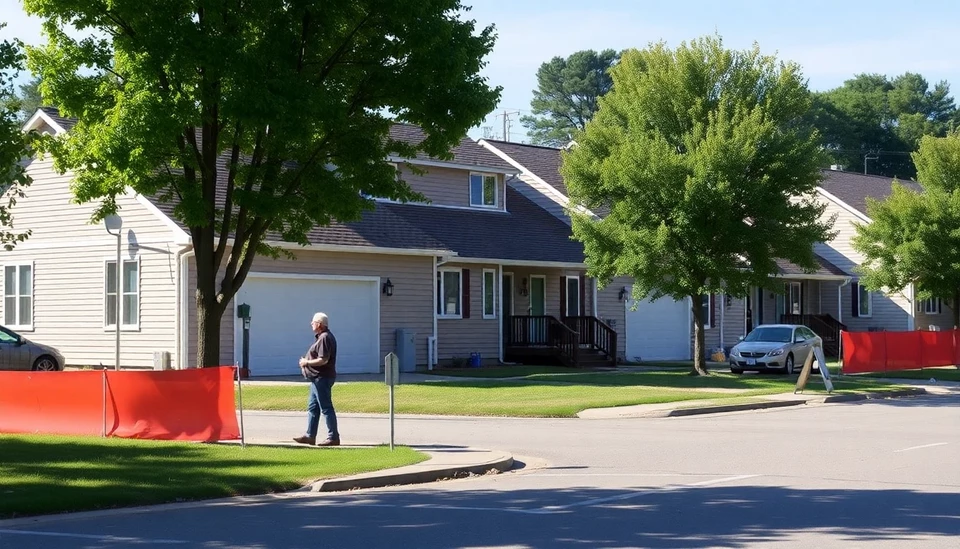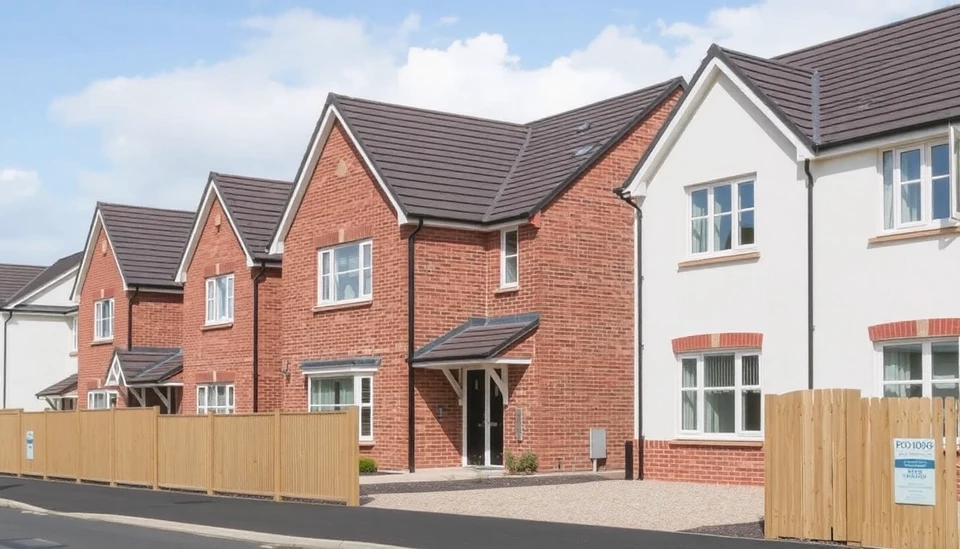
In a recent development that may stir concerns in the housing market, U.S. housing starts have decreased to their lowest levels in four months, according to the latest data released by the Commerce Department. The significant downturn is primarily attributed to a slump in multifamily home construction, raising alarms about the broader implications for the housing sector as 2024 approaches.
The report indicates that housing starts fell by 11.1% in November, with the annualized rate dropping to 1.43 million units. This decline was driven predominantly by a steep decline in the construction of multifamily homes, which include apartment buildings and other rental properties. With a reported decrease of 18.6%, the year-on-year numbers highlight a stark contrast to earlier months when housing starts were on the rise.
Experts suggest that this downturn could be indicative of tightening economic conditions and rising interest rates, which have historically hampered the housing market. While single-family home constructions also dipped, the bulk of the decline can be linked to the multifamily segment—a critical part of the housing market as it caters to the surging demand for rental properties amid soaring home prices.
In a broader context, the dwindling number of housing starts could lead to fewer homes available for rent and sale. As more individuals and families are priced out of purchasing homes, the demand for rental units increases, exposing the gap created by the current lack of construction activity in the multifamily sector.
The latest construction figures may also reflect the challenges builders face, including labor shortages and escalating costs for materials. As the economy grapples with inflation, these issues continue to affect the viability of new housing projects. In terms of economic signals, this reduction in housing starts could imply a cooling housing market which, in turn, could influence Federal Reserve policies regarding interest rates in the upcoming months.
With housing affordability increasingly out of reach for many Americans, this downturn in construction further complicates the broader narrative of economic recovery. As 2023 wraps up, the housing market remains in a state of fluctuation, with stakeholders eyeing the potential for shifts in demand and supply that could either mitigate or exacerbate current conditions.
Analysts point out that the decline in new construction could also feed into the ongoing rental crisis, as potential renters scramble for existing units and face rising rents due to limited supply. The multifamily housing sector's troubles illustrate the struggles facing the rental market, which is grappling with both inflationary pressures and diminished availability.
As we head into 2024, all eyes will be on how these trends evolve and whether policymakers will implement measures to stimulate both housing starts and affordability. The hope is to re-ignite the construction sector to meet the increasing need for housing across various demographics.
The landscape of the U.S. housing market is under considerable pressure, and future indicators will be crucial in determining whether this decline is a temporary blip or part of a more extensive downturn.
#HousingMarket #USHousingStarts #RealEstateNews #ConstructionTrends #MultifamilyHousing #EconomicIndicators #RentalMarket #HomeAffordability
Author: Laura Mitchell




